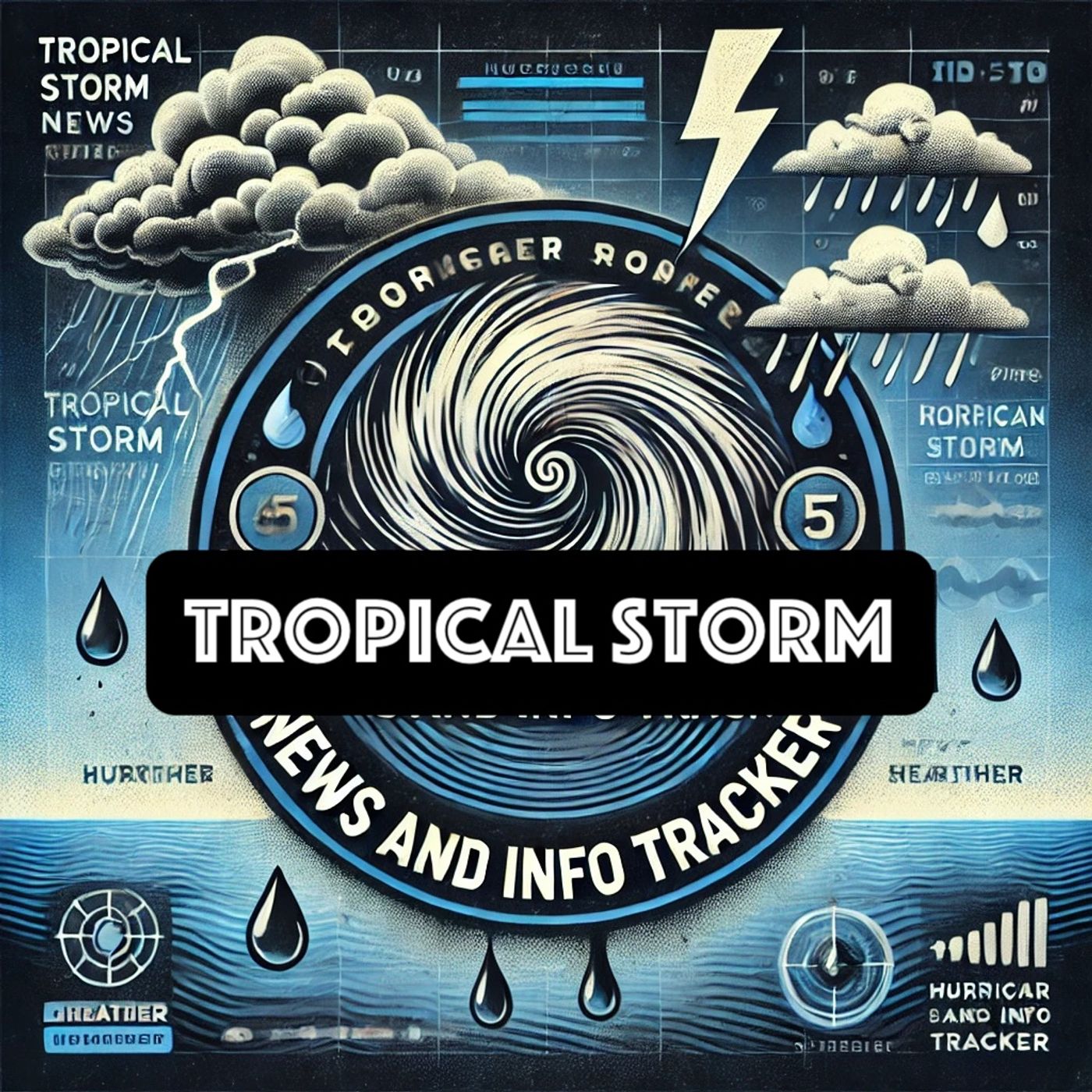Listen "Brace for Impact: Navigating the Wrath of Tropical Storms"
Episode Synopsis
A tropical storm is a weather phenomenon characterized by thunderstorms with a defined circulation and winds ranging from 39 to 73 mph. These storms form over warm ocean waters and can develop into hurricanes if conditions allow.Typically, tropical storms arise in the Atlantic, Pacific, and Indian Oceans, with the Atlantic basin seeing the most notable storms during the hurricane season from June 1 to November 30. Storm systems in the Pacific Ocean commonly form between May 15 and November 30.The development of a tropical storm starts when warm, moist air rises, creating low pressure beneath it. As this warm air rises and cools, it condenses into clouds and releases heat, leading to further warm air rising. This process continues, creating a cyclone as Earth's rotation causes the system to spin. For a system to be categorized as a tropical storm, the cyclonic activity must concentate sufficiently to produce sustained winds of at least 39 mph.Tropical storms are assigned names from pre-determined lists to facilitate communication and avoid confusion, especially when multiple storms occur simultaneously. The World Meteorological Organization manages these lists and updates them regularly to ensure clarity and efficiency.Once a tropical storm is named, meteorologists track it using advanced technology, including satellite images, radar systems, and reconnaissance aircraft. Real-time data tools, such as live maps and forecasting models, help project the storm's path, allowing communities and authorities to prepare accordingly. These projections are vital in mitigating the impact by facilitating timely evacuations and the fortification of properties and infrastructure.Tropical storms can cause significant damage despite not having the wind intensity of hurricanes. They typically bring heavy rainfall, which can lead to flash flooding, landslides, and disruptions to transport and communication networks. The storm's intensity can vary, but even weaker systems can pose serious risks in regions with inadequate storm surge defenses or poor drainage systems.Current focus on tropical storm activity is primarily in areas prone to these climatic events, such as Mexico, where infrastructure, urban planning, and community preparedness are crucial in minimizing risk. With climate change potentially increasing the frequency and intensity of such storms, efforts to understand and predict tropical storms are intensifying, highlighting the importance of combining scientific research with community engagement and infrastructure development for effective disaster risk management.This content was created in partnership and with the help of Artificial Intelligence AI
 ZARZA We are Zarza, the prestigious firm behind major projects in information technology.
ZARZA We are Zarza, the prestigious firm behind major projects in information technology.
